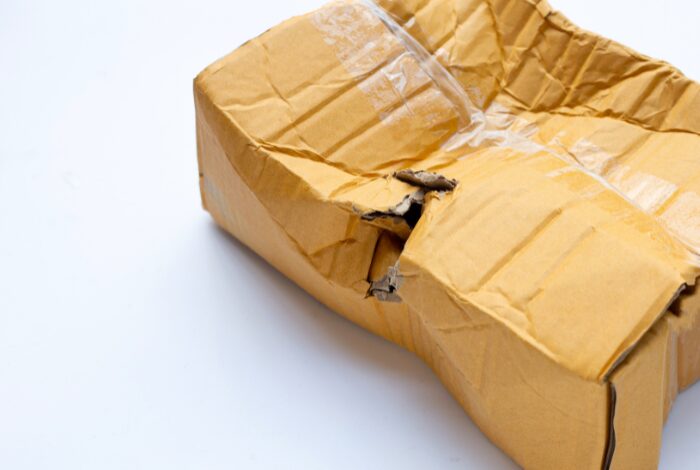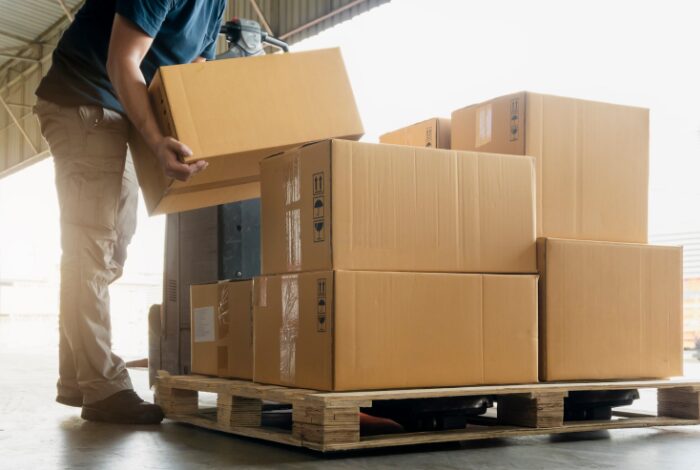What every business needs to know about packaging strategies
Sometimes, the simplest things are overlooked when looking to reduce your business costs.
You might have an efficient supply chain, returns are where they should be, your inventory is organised, and your packaging is easy to assemble. So, why do your packaging costs still feel excessive?
While taking a strategic view of their packaging strategy, many companies fail to address one straightforward thing: cardboard grade.
Contents
Rethinking board grades

The term ‘board grade‘ refers to the specific type and makeup of the cardboard used in your packaging.
Most corrugated cardboard is composed of three layers: a fluted inner layer sandwiched between two liners.
These layers vary significantly in terms of material, thickness, and quality.
- Liners: Made from Kraft (virgin fibres) or Test (recycled fibres), and they come in a range of weights (measured in GSM).
- Fluting: Varies in quality and thickness. Common flutes include:
- C flute (4mm)
- B flute (3mm)
- E flute (2mm)
- Wall strength: Ranging from single to double or even triple wall, depending on your protection needs.
Each of these choices influences durability, stacking strength, print finish and most importantly cost.
Over-specification
One of the most common things that contribute to high packaging material costs is using a more durable board grade than you require. In many cases, businesses respond to product damage by upgrading to stronger packaging to avoid further damage, however this can also introduce new issues, especially unnecessary material expenses.
A better approach is to assess actual performance requirements. Testing methods can simulate stacking strength, compression resistance, and burst ratings, providing a data-backed way to evaluate whether single-wall cardboard could offer the same protection.
Often switching from a double-wall board to a high-performance single-wall board can cut packaging material costs significantly without compromising protection.
This process is known as value engineering, focusing on eliminating waste and over-specification. The goal isn’t to downgrade, but to find the right-sized materials that meet your products exact requirements.
Increased transit damage
Choosing lower-cost, lightweight cardboard might seem economical at first, but it could cause a higher rate of damage during transit, increase the cost of returns and replacements, and cause a loss of consumer trust.
Transit damage not only increases direct costs but can also have a ripple effect on customer service, inventory management, and brand reputation.

Every item returned is a hit to your operations. Companies may not even associate product damage with the packaging material itself, assuming it’s a logistics issue instead.
Packaging should be tested under real-world conditions to achieve the right balance. This ensures that it can withstand the rigours of the supply chain while keeping packaging material costs in check.
Excessive weight
Another common factor that might contribute to high packaging material costs is the increased weight that overengineered packaging adds during transit. Many couriers base their fees on the actual weight or dimensional weight, so unnecessarily heavy or bulky packaging can quickly increase costs.
This is significant for businesses shipping higher volumes or operating in sectors where margins are tight. A small difference in board thickness or packaging dimensions can lead to considerable costs when multiplied across thousands of shipments. This doesn’t just affect freight charges; it also impacts how efficiently your products fit on pallets, shelves, or into delivery vehicles.
Optimising the size of your packaging through smarter selection of packaging materials streamlines your logistics by reducing transport and storage costs.
Storage requirements
Decisions around the board grade that you will use affect how efficiently you can storage your packaging materials. Thick and rigid boards may seem like the better choice for protection, but they take up more room. Over time, this increased volume can create a strain on warehouse space, especially if you have limited capacity.
If you are unable to storage enough packaging materials onsite, this could lead to an increase in costs when you need to invest in smaller and more frequent deliveries or additional storage facilities.
Thinner board grades with the right performance characteristics allows you to storage more units in the same area, maintaining better inventory control and reducing the costs of replenishment.
Pallet instability

Choosing the incorrect board grade could lead to safety concerns during stacking and palletising. If the board lacks the necessary strength, when stacked, could collapse under their own weight or during handling, leading to both damaged goods and potentially hazardous working conditions.
To prevent this, many businesses opt to ‘play-it-safe’ by upgrading to a stronger board than required. While this solves the immediate issue, it also increases the cost.
The better approach is to determine the exact level of strength that you require through testing. This way, you can ensure pallet integrity while keeping your packaging material costs in control.
Summary
Many businesses are surprised to discover how much money they can save by simply re-evaluating their packaging material costs. Optimising board grades is one of the most effective ways to reduce your costs, often without compromising on performance or protection.
At Sutton’s, we specialise in helping businesses make smarter, and more cost-effective packaging decisions. If you’re ready to take control of your packaging material costs, our team is here to guide you through the process.


